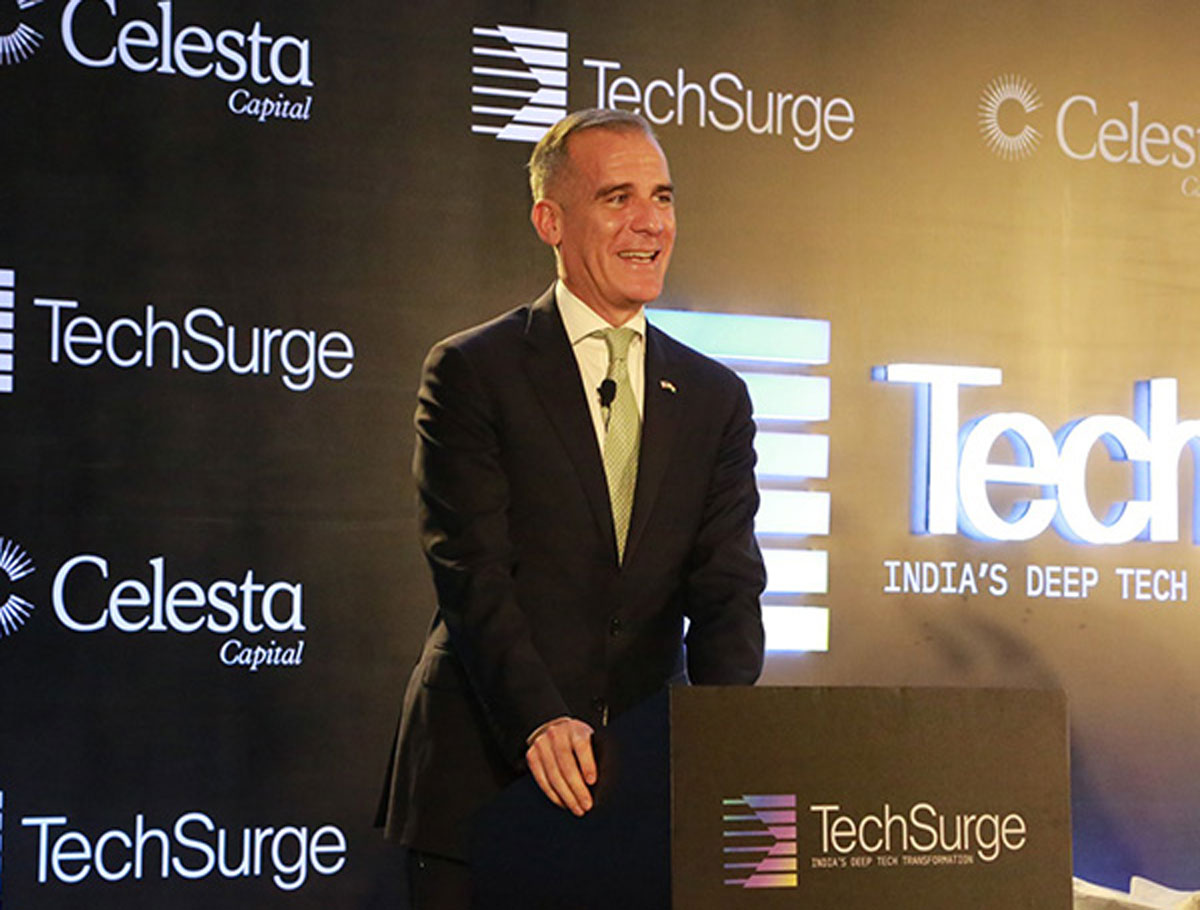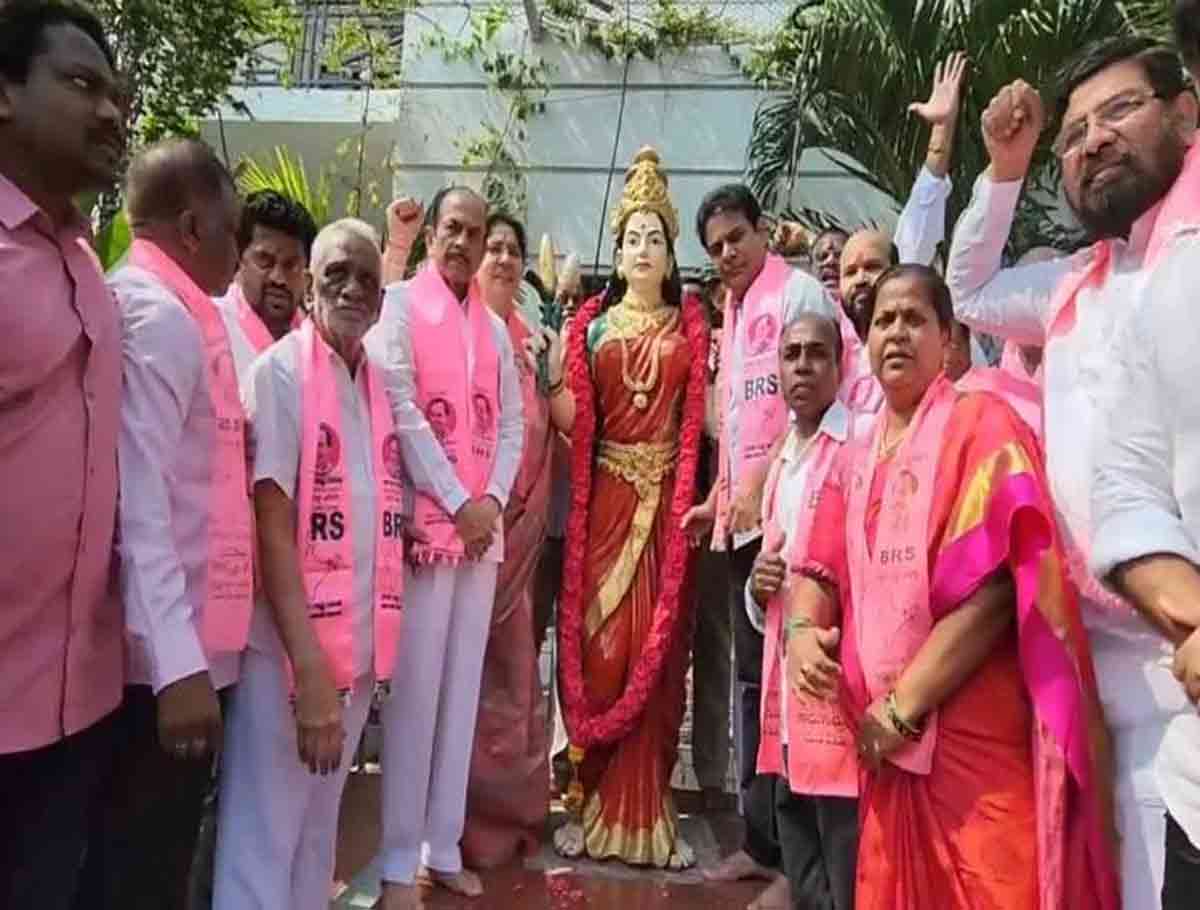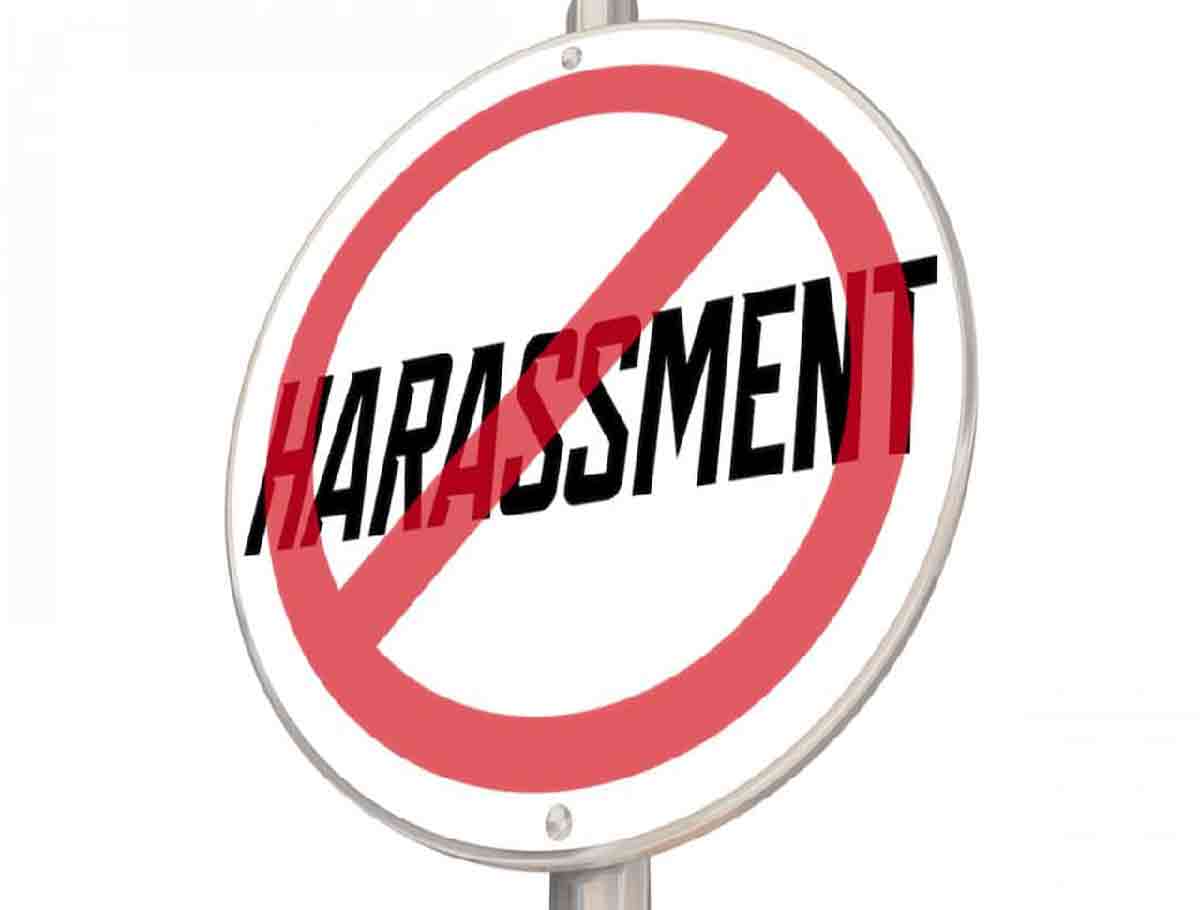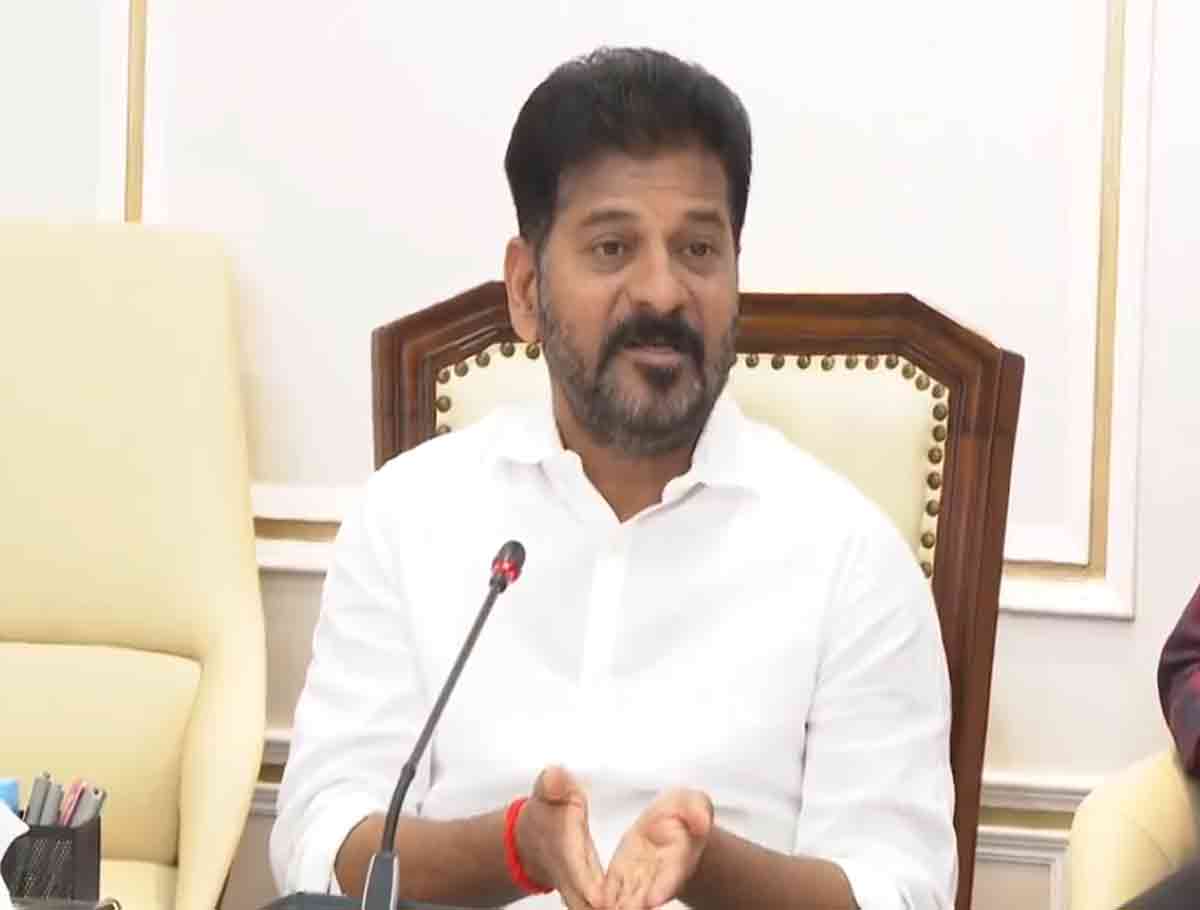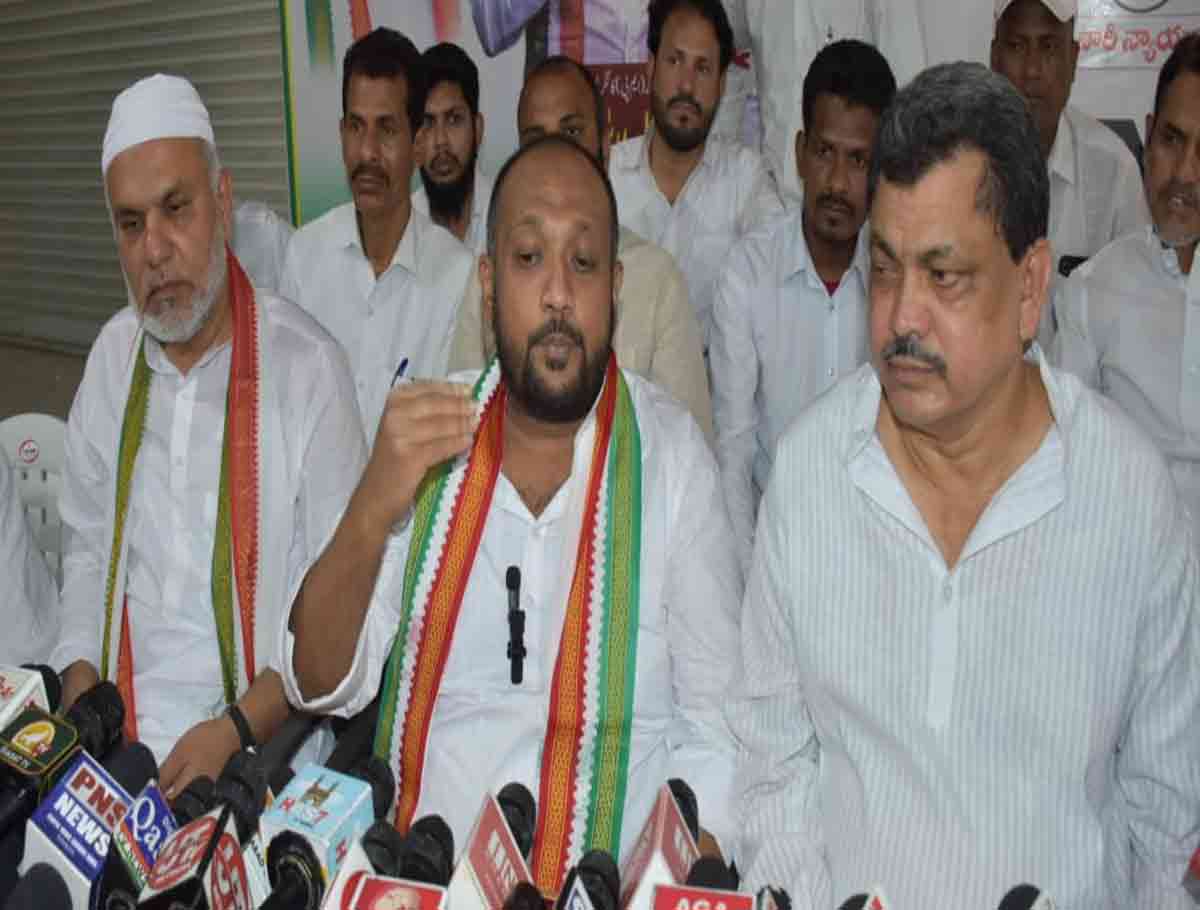A very good morning. Thank you so much, Arun, from the other California — we have one California; north and south come together here, and, it’s such a joy to be with – you know, everybody who’s ever invested in or been affiliated with the bond market would know that the highest rating, at least in one of the rating companies, is “Triple-A.” So, to be with Atul [Ambassador Atul Keshap, Senior Vice President, South Asia and President, USIBC], Arun [Mr. Arun Venkataraman, U.S. Assistant Secretary of Commerce for Global Markets] and Arun [Mr. Arun Kumar, Celesta Capital’s Managing Partner] – the three A’s, that triple-A rating here today, I’m super excited.
Really, the bridge between the U.S. and India is trade and technology, and I’m so proud to serve as my country’s representative here in this incredibly powerful moment. It’s palpable, as Atul was saying, in terms of the relationship. In fact, I always say it’s more like a Facebook status if the U.S. and India in the past had to put their Facebook status. For a long time, “it’s complicated.” Now, we’re definitely dating.
And we’re trying to figure out whether we’re going to move in together or what the future holds. But it’s an exciting moment in which we have a relationship really based on friendship that has too many limits on it. And, little by little, we’re taking those limits away and imagining with ambition what we could do to be our future, backwards-looking sell-ups. And 20 years from now, think about this moment and this gathering; and think about this time, these visits, this coming together of government and the business and people-to-people; to say this was a moment which we did the right thing, not just for India, not just for the United States, but together, for the world.
I would say that the years tell us things that the days cannot see. And that’s why I always love looking at history and understanding this relationship. But when it comes to technology, we’re living in a moment that we probably don’t have full clarity on. It’s a moment in which we see technology that sometimes can divide us. Technology can sometimes harm us. Technology can make us less healthy. Think through – any parents out there – the struggle we have with our children, making sure they know how to interact in a three-dimensional and real world. The way that governments use technology to oppress the people that they serve, is when the technology is supposed to help.
So, in contrast to that vision of harm and division and of unhealthiness, the United States and India are putting together a different vision of technology. Technology that, instead of dividing us, connects us. Technology, instead of harming us, protects us. Technology, instead of making us less healthy, detects for us some of the biggest challenges and addresses them.
I’m going to be engaged with technology all day today. I leave here and get on transportation technology – that is, the Delhi Metro system – and I’m going to take a trip to a company that we’re funding, an organization that we’re working with that uses USAID funds to be able to use your phone, among other things – and, as an Indian, you can cough into the phone and send a recording of that cough – and, with 85 percent (and growing) accuracy, detect whether you have TB – from any of village, any town, anywhere in India. Something that will help us reach the goal of the Prime Minister here to get rid of TB by 2025. And something that’s in America’s interest, selfishly, as well, because 25 percent of the world’s TB cases are here in India. And if we don’t work with India to eradicate tuberculosis here, we will never have an America without tuberculosis as well.
Think through the ways that we have been able to – in each of those categories — engage with technology. Whether it’s building a 5G system without technology that can spy on us, can endanger our national security — as India has shown, while reducing the price of data by 90 percent, democratizing access to, and laying a platform for healthcare; laying a platform for transactions; laying a platform for so much that can enrich the quality of life and connect people.
Yesterday, I always joked that you know, two countries acting together are just a line, but, here in India, we love our shapes — quadrilateral organizations like the Quad. Two of them now with I2U2, but also trilateral work that the U.S.,. and India are doing together. And last night I received in my home the largest group to ever be trained from the nation of Fiji, a place that has strong cultural ties back to India. A group of doctors and medical professionals who have been trained by the Indian government with U.S. funds, on telemedicine that can help healthcare come to the most remote islands in Fiji, and come to those places instantaneously before a doctor can physically get there, literally saving lives around the world.
You see, when we connect, protect, and detect with technology, instead of fearing what it can do to divide us or oppress us, or to make us less healthy or harm us, we see a vision, I think, of what we can accomplish together. And I want to thank Celestia Capital for convening us together with USIBC. Two great pillars, one, a nonprofit and one for-profit, that can show each one of us have lanes of action to take, together with our government and this President and our National Security Council, who have really laid out the boldest vision for the U.S. and Indian cooperation.
Another example of this: recently I was at an Indian company. A technological breakthrough in healthcare: we were able to develop a vaccine for dengue fever, all four strains! In the past, we could get a vaccine for one strain, but it doesn’t protect you from the other three; very difficult to commercialize. We had the innovation, but we knew that America probably couldn’t do the delivery. And so, given the three different Indian companies, one of which is now about to start its third-phase clinical trials within a year or two – maybe three – we can have a vaccine that deals with all four strains of dengue fever. Imagine a future without that disease, hospitalizing and taking the lives of people around the world.
The US and India are not an additive, or arithmetic relationship. They are multiplicative. An exponential relationship. It’s not U.S. plus India, it’s U.S. times India. And when it comes to technology, I really do believe in my heart that, as we showed during the G20, with India’s leadership and empowering the voice of the Global South, and America’s leadership among our allies and the developed world, when we speak each other’s languages, we can actually translate to the world our ambitions, our ambitions for peace, prosperity, for our planet and our people. The Four P’s, as I call them, are the vision that I brought here to India of how America and India can work together.
And those four things: to have a more peaceful world –God knows, at this moment, how badly we need that and can see that. Second, the prosperity that we can inspire by using technology in the right way, in an innovative way. The planet is crying out for climate and health for our cooperation and coordination. And then lastly, of course, our people. Those four things – overlaid with a fifth, being that of principles of true democracies – have the power to change everything.
So, I thank you for engaging in technology in a way that works. And I’ll leave you with this, for our Indian friends, and I love the engagement of the United States government and India’s government. And I think this is a message as much for America as it is for India. So please take it that way. With three paradoxes:
One: this is happening but it’s not happening quickly enough. When you look at this, the deep transformation will not happen quickly enough – in this country, in our country, between our countries and the world – if we don’t accelerate, reducing the barriers that have been in many ways the tradition here, and part of our own bureaucracy in the United States, too. If we truly have this ambition, do not find excuses to not get there. And don’t think that this pace will deliver what we hope.
Second: this is the place with the greatest – and the moment with the greatest – possibility of real breakthroughs. But is also the moment in our lives with the greatest possibility of real threats. Technology is not wrapped by values, and regimes that can constrain. We think about augmented or artificial intelligence, as one place that we’ve been digging in on this. Don’t just become tech idealists; but be tech realists, making sure that it’s human-centered technology and not technology-centered technology.
And finally, the last piece is what I already said: There are no two nations on this globe who together can do this work better, fill each other’s weaknesses with the other’s strengths, and show a model of what it means to do the democratic values that put people in the center of this technological revolution. And if we can do that, our future, backwards-looking selves will remember this moment, in this hotel room. These words in this convening, as one of those moments in which we wrote a chapter that changed the world. Thank you, all so much.
Next Story:
Now you can get the latest stories from Hydnow every day. Click the link to subscribe. Click to follow Hydnow’s Facebook page and Twitter and Instagram
